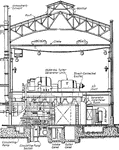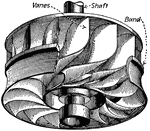Clipart tagged: ‘turbine’

Centrifugal Pump
"A centrifugal pump differing from an ordinary centrifugal pumps in one feature only. The water rises…

Guideblade Chamber
"The sectional form of the guideblade chamber and the wheel and the curves of the wheel vanes and guideblades,…

Guideblade Chamber
"The sectional form of the guideblade chamber and the wheel and the curves of the wheel vanes and guideblades,…

Turbine
"The most efficient form of water-wheel is the turbine, one form of which is shown." — Avery,…
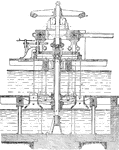
Girard Turbine
"The general sectionl elevation of a Girard turbine, in which the flow is axial. The water, admitted…
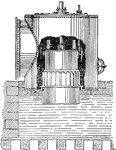
Hercules Turbine
"In the "Hercules" turbine...the flow is what is called mixed, that is, it is partly a radial inward…
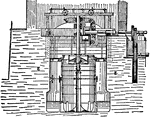
Jonval Turbine
"This turbine was designed to give 1250 H.P. with a fall of 25 ft. and an efficiency of 77%. It is fitted…
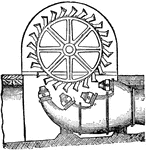
Pelton Wheel Turbine
"Turbine is, in mechanics, a term formerly confined to horizontal water wheels, the revolution of which…
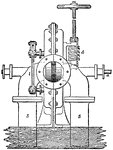
Reaction Turbine
"Professor James Thomson's inward flow or vortex turbine has been selected as the type of reaction turbines.…
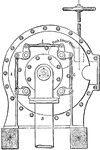
Reaction Turbine
"Professor James Thomson's inward flow or vortex turbine has been selected as the type of reaction turbines.…

Reaction Turbine
"Professor James Thomson's inward flow or vortex turbine has been selected as the type of reaction turbines.…

Reaction Turbine
"Professor James Thomson's inward flow or vortex turbine has been selected as the type of reaction turbines.…
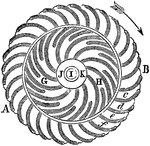
Water Turbine
"Water enters through J and K following into G and H compartments. Afterwards the water is forced into…
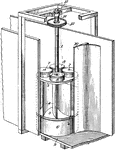
Water Turbine
Any of various machines having a rotor, usually with vanes or blades, driven by the pressure, momentum,…

Device for Lifting Water
This device is similar to a water mill. A water mill is a structure that uses a water wheel or turbine…
